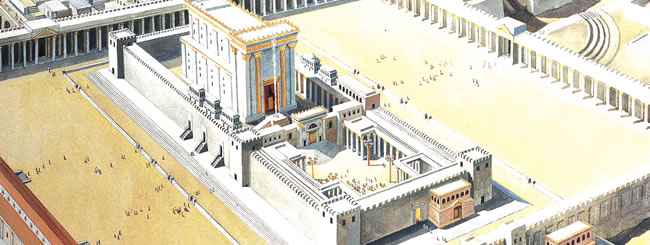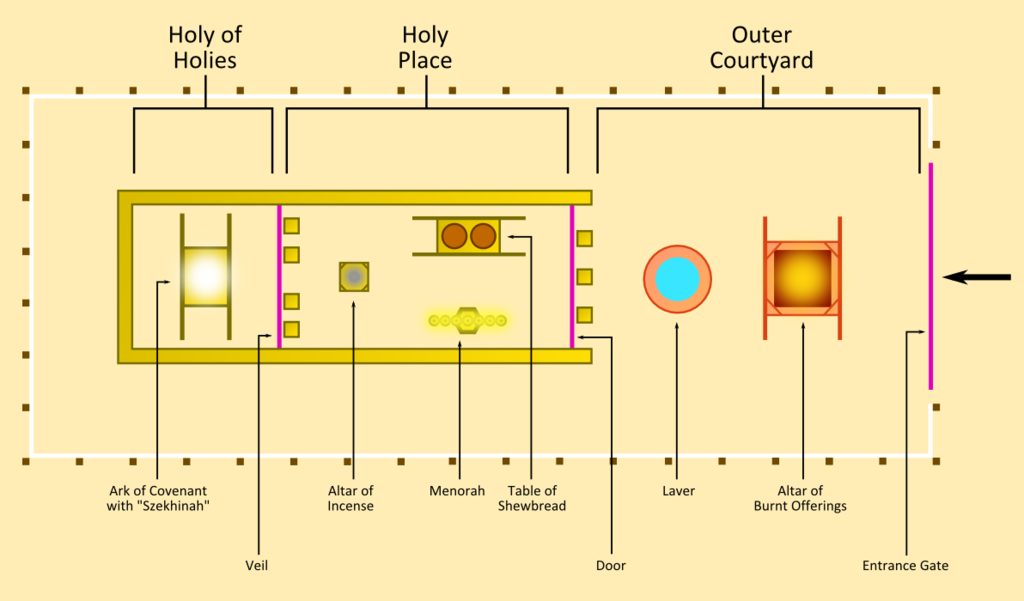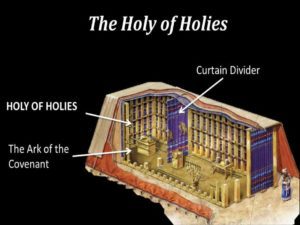|
home | what's new | other sites | contact | about |
||
|
Word Gems exploring self-realization, sacred personhood, and full humanity
A Course In Miracles
return to "The Course" main-page:
temple Editor’s note: The Course draws upon well-known biblical imagery as it instructs. The Course's “temple” is a primary icon along with the related “altar” and “Atonement.” In effect, the speaker of the Course, Jesus, is saying, “You have heard of the major biblical symbols, but allow me to explain what they really signify.” The ancient temple of Israel, in addition to its public-gathering courts, was constructed around a generally-inaccessible inner chamber, the “holy of holies,” wherein, it is said, the very presence of God could be accessed. Only the High Priest was allowed into the “holy of holies,” and this, but once a year, on the Day of Atonement. On this holy day, the High Priest would offer sacrifice and enter the inner chamber to gain forgiveness for the sins of Israel. This annual ritual is highly symbolical, pointing toward, Jesus instructs, a purification of the unenlightened mind led by the dysfunctional ego.
... [to view] the Atonement in physical [or historical] terms is impossible. [Likewise, it is necessary] to realize that [the real] temple is not a [man-made] structure at all. Its holiness lies at the inner altar, around which the structure is built. The emphasis on beautiful [man-made] structures [in the world] is a sign of the fear of Atonement, and an unwillingness to reach the altar itself. The real beauty of the [soul as] temple cannot be seen with the physical eye [but only with the eyes of the soul]. Editor’s note: We take under advisement the Course’s assertion that the splendid architecture of this world's church buildings constitute but a distraction, even a “fear” and “unwillingness,” to enter upon the real business of spiritual change at the core of being. We’re reminded of what the great psychologists say about repression, which is a refusal to face life as it is. They say that this unwillingness, a hiding from life's true meaning, becomes an impetus to construct civilization – including a church building. ... the Atonement belongs at the center of the inner altar, where it undoes the separation and restores the wholeness of the mind. Editor’s note: As we assemble the “pieces of the puzzle” offered by the Course, the meaning here becomes plain enough. We are the temple, the “holy of holies” is the mind, and the “altar” therein is the site of sacrifice, where the mind is purged of the ego. This Atonement restores our sanity, liberates us, to become our true godlike selves. It is most interesting that the apostle Paul in his letters said the same thing. At times he would use the Greek word for the temple’s “holy of holies” to refer to the mind, the center of being. It is more than likely that the Course's Jesus, in these allusions, is referencing his brother Paul. Corrective learning ... often entails fear, because you are afraid of what your spiritual sight will show you ... When the Holy Spirit is permitted to look upon the defilement of the altar, He also looks immediately toward the Atonement... Discomfort [of fear] is aroused only to bring the need for correction into awareness... The real vision is obscured, because you cannot endure to see your own defiled altar. Editor's note: see more discussion at "fear." See "Divine Abstraction" for definition of "temple" as one's sense of sacred "being."
|
||
|
|


